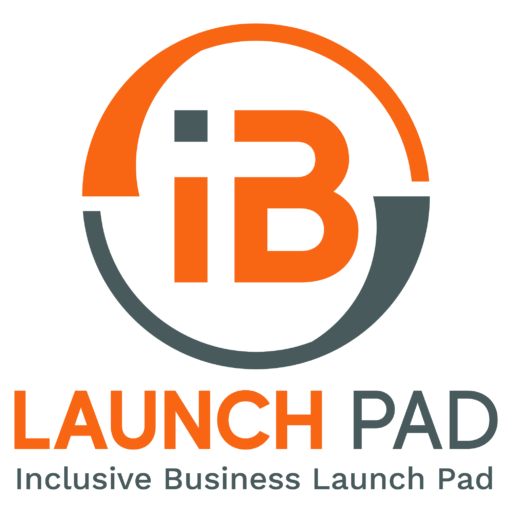Topic 1: Target audience and how to communicate with them.
Understanding your audience
- Who is your audience? (what do they do, why are they here, what is it important to them, what do they want to learn, what problems do they want to solve?)
- What do you want your audience to know/do?
- Structure the presentation like a story (beginning, middle, and end.). Eg. Start with a problem, go over it in the middle and try to solve it at the end. Find common ground with your audience.
- Hero’s journey technique, TedTalk powerful, inspire audience to take action, and make change (eg. Personal story)
Audience involvement
- Telling a memorable story can also be interactive: ask questions, open discussions.
- Engage the audience, hold their attention and imagination
- Next step: design your presentation!
Storyboard your presentation
- Visualise the structure of the story & organise your ideas.
- Plan and develop each point and visual in the presentation
How to storyboard
- Grab a pen and a paper and list the main points of the story/presentation,
- Then write the main points or concept at the top of each sheet of paper
- Under that, write your notes and sketch a visual to support it
- Golden rule: use visuals that supplement and support your story (use a chart or a graph to present data, add a video to pitch your brand
- Use a keyword or an image rather than an empty slide



